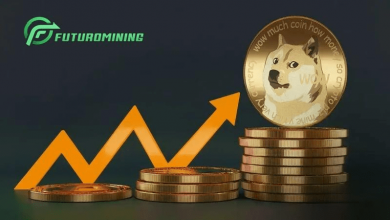Eco Friendly Carpet Cleaning: Green Products and Practices

As more homeowners become aware of their environmental footprint, eco-friendly cleaning solutions are gaining popularity. This shift includes sustainable methods for maintaining a clean, healthy home starting with your carpets. If you’re looking for carpet cleaning in Lexington KY choosing a service that prioritizes green practices can make a big impact on both your indoor environment and the planet.
Why Go Green with Carpet Cleaning?
Traditional carpet cleaning methods often involve harsh chemicals that can leave behind strong odors and potentially harmful residues. These substances may aggravate allergies, irritate skin, or pollute indoor air quality especially in homes with children, pets, or people with respiratory conditions. In contrast, eco-friendly carpet cleaning uses non-toxic, biodegradable products that are safe for people, pets, and the planet.
Beyond personal health, green cleaning also benefits the environment. Many traditional carpet cleaning systems use large amounts of water, contributing to waste and increasing the risk of mold or mildew beneath the carpet surface. Eco-friendly methods typically use low-moisture or steam-based techniques that conserve water and promote quicker drying times, reducing the chances of microbial growth.
What Are Eco-Friendly Carpet Cleaning Products?
Eco-friendly carpet cleaning relies on plant based or mineral-based detergents that are free from phosphates, chlorine, and synthetic fragrances. These green alternatives are formulated to be tough on dirt and stains, yet gentle on carpet fibers and safe for indoor use.
Common ingredients in green carpet cleaners include:
- Baking soda: A natural deodorizer and mild abrasive.
- White vinegar: Great for breaking down stains and neutralizing odors.
- Citrus extracts: Natural solvents that help lift grease and grime.
- Coconut or corn-derived surfactants: Used to create gentle, effective lather.
Steam cleaning also known as hot water extraction is another highly effective green method. It sanitizes carpets using high-temperature vapor with little to no chemicals. This technique not only deep cleans but also refreshes carpet fibers without leaving harmful residues.
Green Practices for Everyday Maintenance
Incorporating eco-conscious habits into your regular routine can reduce the need for deep cleanings and preserve the quality of your carpets. Here are a few easy tips to keep your home clean in a sustainable way:
- Vacuum frequently using a vacuum cleaner with a HEPA filter to trap dust and allergens.
- Act quickly on spills by using natural spot cleaners like a mix of vinegar and baking soda.
- Use doormats at every entry point to reduce dirt and debris being tracked indoors.
- Adopt a no-shoes policy inside your home to lessen wear and tear on your carpet.
These simple steps help maintain a cleaner living environment and extend the life of your carpets, reducing waste over time.
Choosing the Right Green Carpet Cleaning Service
When scheduling carpet cleaning in Lexington, KY, be sure to look for providers who use green-certified products and equipment. Reputable eco-friendly carpet cleaners will typically advertise low-VOC (volatile organic compound) solutions, energy-efficient machinery, and minimal water usage methods. Many also offer additional sustainable perks such as recyclable packaging, paperless billing, and refillable containers.
You can ask potential cleaners about their certifications (such as Green Seal or EPA Safer Choice), the types of products they use, and their water conservation efforts. Choosing the right provider ensures that your commitment to sustainability is matched by the services you invest in.
The Benefits of Eco-Friendly Cleaning
Eco-friendly carpet cleaning goes beyond aesthetics. It contributes to a safer home, healthier air quality, and a lower environmental impact. Families with children or pets especially benefit from reduced exposure to harsh chemicals. Moreover, because many green cleaning methods are gentler on carpet fibers, your flooring may last longer, saving money and resources over time.
In today’s world, every small step toward sustainability counts. By embracing eco-friendly carpet cleaning, you’re not just maintaining a cleaner home you’re actively supporting a healthier planet for generations to come.




